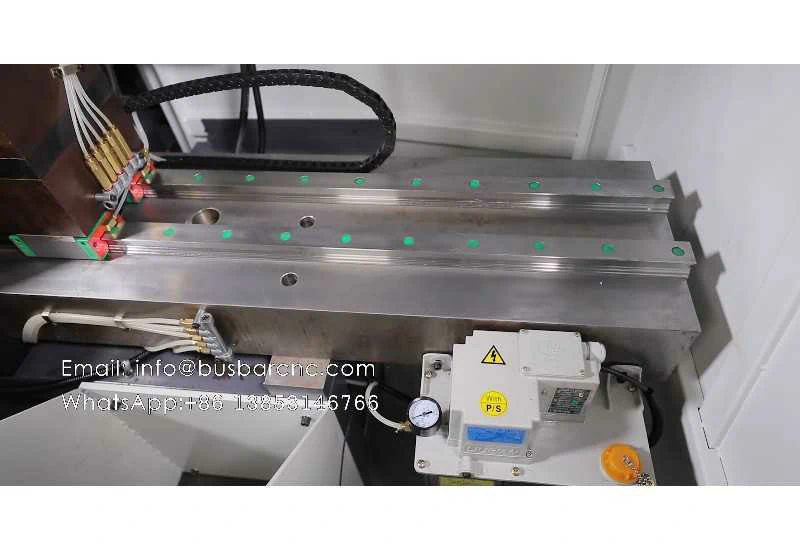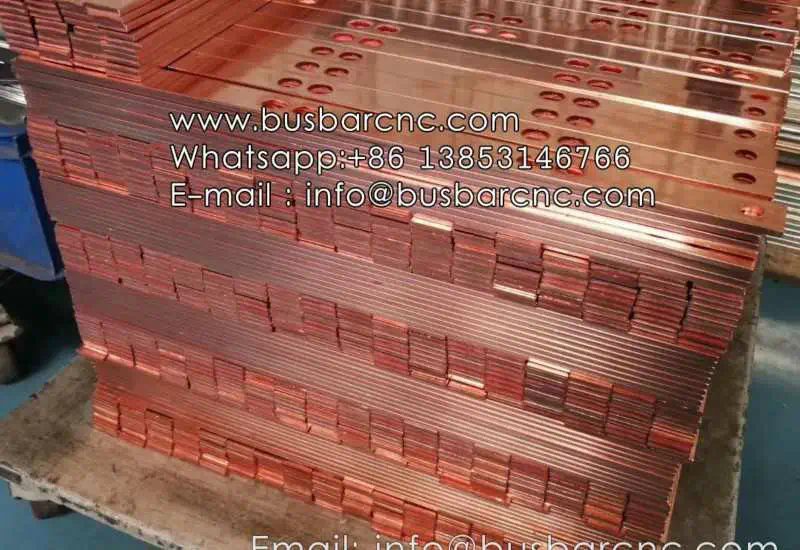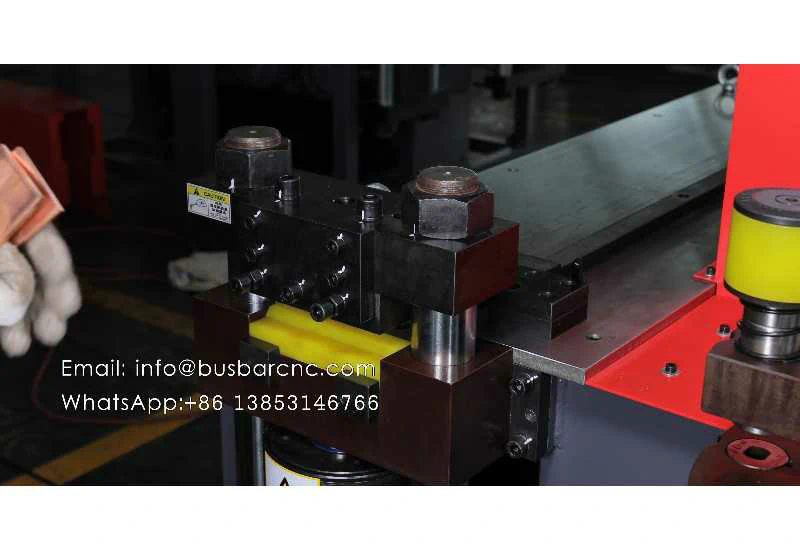Choosing the right busbar bending machine for your industrial needs is a crucial decision that can significantly impact the efficiency and productivity of your operations. With various options available in the market, each offering its own set of features and capabilities, it is important to carefully consider your specific requirements before making a purchase. In this article, we will discuss key factors to keep in mind when selecting a busbar bending machine to ensure that it meets your industrial needs effectively.
Busbar bending machines are essential equipment in industries that work with electrical power distribution systems, such as switchgear manufacturers, panel builders, and electrical contractors. These machines are used to bend and shape busbars, which are conductive bars typically made of copper or aluminum, used to connect electrical equipment within a power distribution system. The ability to accurately bend busbars to precise angles and shapes is critical to ensuring proper fit and functionality within the system.
Factors to Consider When Choosing a Busbar Bending Machine
1. Bending Capacity and Range
One of the primary factors to consider when choosing a busbar bending machine is its bending capacity and range. Different machines have varying capacities in terms of the thickness and width of busbars they can bend. It is important to select a machine that can handle the size and type of busbars you work with in your industrial applications. Consider the maximum bending angle and the range of angles the machine can achieve to ensure it meets your specific bending requirements.

2. Precision and Accuracy

Precision and accuracy are crucial when bending busbars, especially in applications where tight tolerances are required. Look for a busbar bending machine that offers precise control over the bending process, allowing you to achieve the desired angles with consistency. Machines equipped with digital displays and programmable controls can help ensure accurate bending results, minimizing errors and rework.
3. Flexibility and Versatility
Consider the flexibility and versatility of the busbar bending machine in terms of the types of bends it can perform. Some machines are designed for basic copper busbar bending machine bends, while others offer more advanced capabilities such as U-bends, Z-bends, and complex shapes. Choose a machine that can accommodate a wide range of bending requirements to meet the diverse needs of your industrial applications.
4. Production Speed and Efficiency
The production speed and efficiency of a busbar bending machine can have a significant impact on overall productivity. Look for machines that offer fast cycle times and quick setup features to minimize downtime and maximize output. Automated features such as programmable bending sequences and tool changing systems can help streamline the bending process and improve efficiency.
5. Ease of Use and Maintenance

An important consideration when selecting a busbar bending machine is its ease of use and maintenance. Choose a machine that is user-friendly and intuitive to operate, with clear controls and ergonomic design. Additionally, consider the maintenance requirements of the machine, including access to components for servicing and the availability of replacement parts to ensure smooth operation over time.
6. Build Quality and Durability
Ensure that the busbar bending machine you choose is built to withstand the demands of industrial use. Look for machines constructed from high-quality materials and components that are durable and reliable. A robust frame and sturdy construction can help ensure the longevity of the machine and minimize the risk of breakdowns or malfunctions during operation.
7. Safety Features
Safety should always be a top priority when working with industrial equipment, including busbar bending machines. Choose a machine that is equipped with safety features such as guards, emergency stop buttons, and interlocking systems to protect operators from potential hazards during operation. Proper training on safe operating procedures is also essential to ensure the well-being of personnel using the machine.
Conclusion
In conclusion, selecting the right busbar bending machine for your industrial needs requires careful consideration of various factors, including bending capacity, precision, flexibility, production speed, ease of use, build quality, and safety features. By evaluating these key criteria and matching them to your specific requirements, you can choose a machine that enhances the efficiency and effectiveness of your busbar bending operations. Investing in a high-quality busbar bending machine tailored to your industrial needs can lead to improved productivity, reduced costs, and enhanced safety in your operations.





